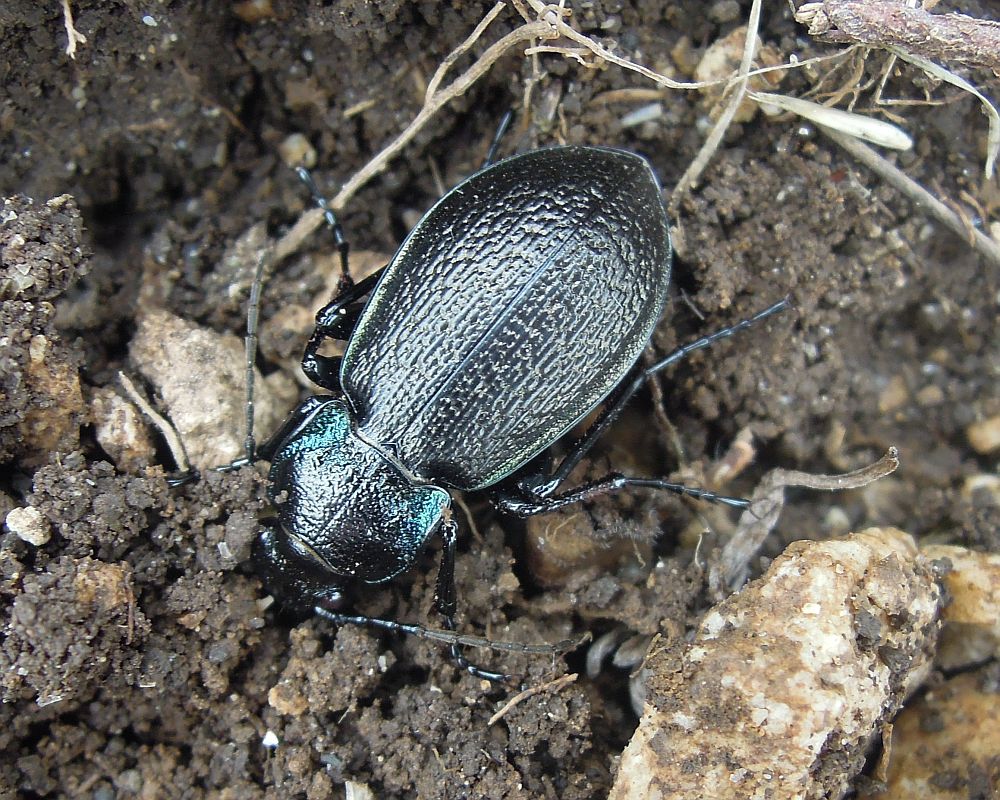Ground beetle assemblages in six different forest ecosystems from Tuscany (Central Italy) (Coleoptera: Carabidae)
DOI:
https://doi.org/10.13133/2284-4880/724Keywords:
biodiversity, carabid beetles , population dynamics , forest ecosystems , species strategiesAbstract
Forest ecosystems are an important part of the European territory. In 1994 the Regional Administration of Tuscany (Italy) promoted a monitoring program called MON.I.TO (Intensive Monitoring of forest in Toscana) in order to obtain data on the functioning of the forest ecosystem and on its response to possible sources of disturbance in this part of Italy. Although this monitoring program was mostly dedicated to botanical aspects, zoological research has found its proper place within it, and analyzing carabid coenoses provided useful information on the structural and functional characteristics of the forest. This study was performed in six different Tuscan forest ecosystems (Central Italy): 2 beech woodlands, 2 turkey oak woodlands and 2 holm oak woodlands with the aim of broadening the general knowledge of italian carabid communities and understanding the ecological, adaptive and biogeographical factors influencing their composition in different forest ecosystems. The analysis of the species richness and abundance data was carried out using non-parametric tests (Kruskal-Wallis and PERMANOVA tests) and descriptive statistic methods (n-MDS, SIMPER) applied to 22 different collected species (some of them endemic to the Italian territory) revealing that beech woodlands differed significantly from other forest types. Beech woodlands hosted carabid communities that are extremely sensitive to environmental simplification, showing a prevalence of brachypterous and predator species. In the other forest types, instead, carabid communities were composed of generalist species with high dispersal ability that were prevalent due to the effects of anthropic activities that occurred over time in these territories. Our results highlight the importance of considering community-wide functional implications in landscape ecology studies.
Downloads

Downloads
Published
How to Cite
Issue
Section
License
Copyright (c) 2022 Massimo Migliorini, Antonio Carapelli

This work is licensed under a Creative Commons Attribution-NonCommercial 4.0 International License.




